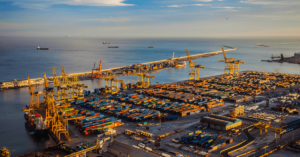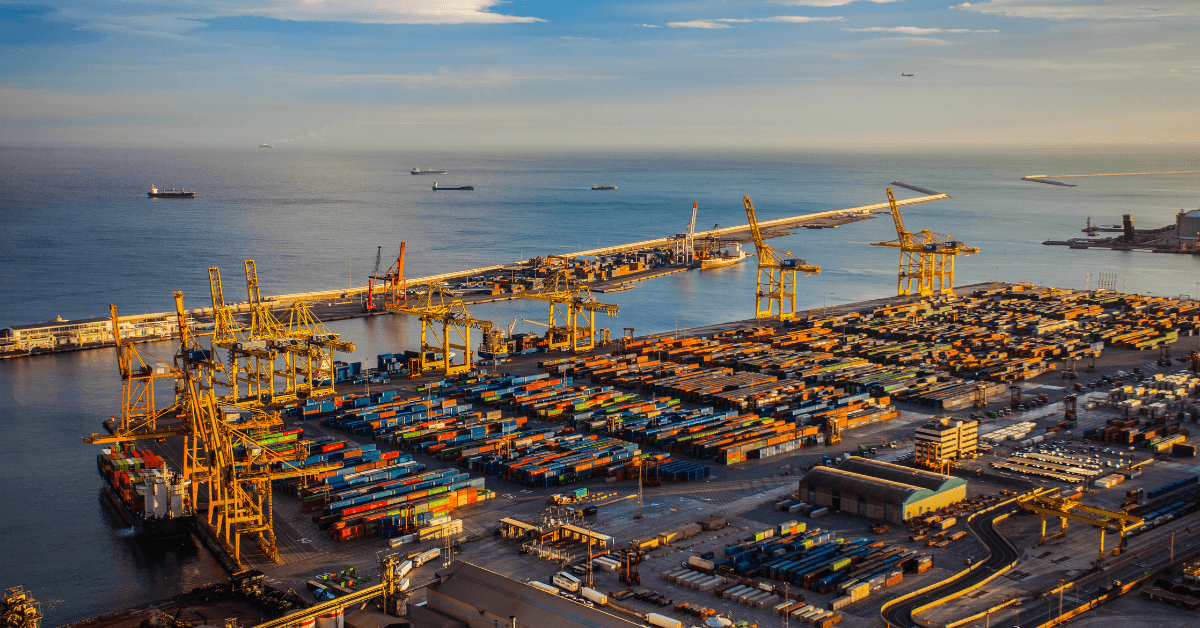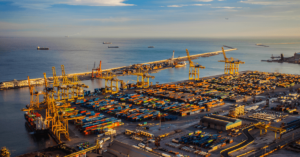
Argentina Lifts 50-Year Ban On Live Cattle Exports To Boost Economy
February 27, 2025
Lost WWII Dutch Submarine Found Off Australian Coast After 8 Decades
February 27, 2025

Dockworkers at U.S. East and Gulf Coast ports have overwhelmingly voted in favour of a new six-year contract.
Nearly 99% of International Longshoremen’s Association (ILA) members approved the agreement with the United States Maritime Alliance (USMX), ensuring labour stability at major ports through 2030.
The contract guarantees a 62% increase in wages over six years, raising the top hourly pay from $39 to $63 by 2029.
New workers will receive the increased pay raises, and the agreement includes full container royalty fund returns, enhanced employer contributions to retirement plans and improvements to the MILA healthcare plan.
ILA President Harold Daggett called it the “greatest contract in ILA history,” stating that all benefits will be retroactive to October 1, 2024.
The ILA has long opposed port automation, fearing job losses. While the new contract allows for some modern technology, it prevents full automation and ensures that every new automated crane will require at least one human operator.
Unlike the West Coast ports, which have adopted driverless cargo-handling equipment, the ILA contract maintains job security for dockworkers.
The contract negotiations were intense, involving a three-day strike in October 2024, the first full-scale port shutdown since 1977.
The strike ended with a temporary contract extension until January 2025, focusing on wage increases.
However, the critical issue of automation remained unresolved until a final agreement was reached on January 8, 2025.
Both the present and former presidents of the United States played an important role in the negotiations. The Biden administration pushed employers to increase their wage offer, helping end the strike.
After his election victory, Trump publicly backed the ILA, opposing automation and supporting job protections for dockworkers.
Trump met with ILA leaders at a December 2024 meeting at Mar-a-Lago, and later congratulated workers on social media.
He wrote: “Slowing down automation, just a little bit, is an OK thing to do!!!” ILA President Daggett credited Trump’s support as a key factor in securing the deal.
The United States Maritime Alliance (USMX), representing ocean carriers, port operators, and shipping companies, acknowledged the importance of labour agreements but stated that port modernisation is necessary for efficiency.
They warned that excessive restrictions on automation could slow productivity and limit growth compared to ports in Rotterdam, Dubai, and Singapore, which have already adopted advanced technology.
Industry experts said that while the contract allows semi-automated cranes, port operators must hire new workers whenever such technology is introduced.
Brian Lynch, a transportation consultant at EY Americas, stated that “the door to automation is now slightly open.”
The agreement covers roughly 25,000 dockworkers at 14 major ports from Boston to Houston, which handle a significant portion of U.S. trade.
A prolonged labour dispute could have disrupted the supply chain, increasing costs for businesses and consumers. With the deal, the labour peace has now been secured until at least September 30, 2030.
The dockworkers’ wages will rise to nearly $61 per hour by 2027. With overtime and night shifts, some dockworkers can now earn over $200,000 annually under the new pay structure.
The formal signing of the contract is scheduled for March 11, 2025. Once signed, it will go into full effect.
ILA leaders hailed the agreement as the “gold standard” for labour contracts, demonstrating the power of organised labour in securing better wages and working conditions while maintaining job security in an era of technological change.
References: freightwaves, NYTimes
Source: Maritime Shipping News


